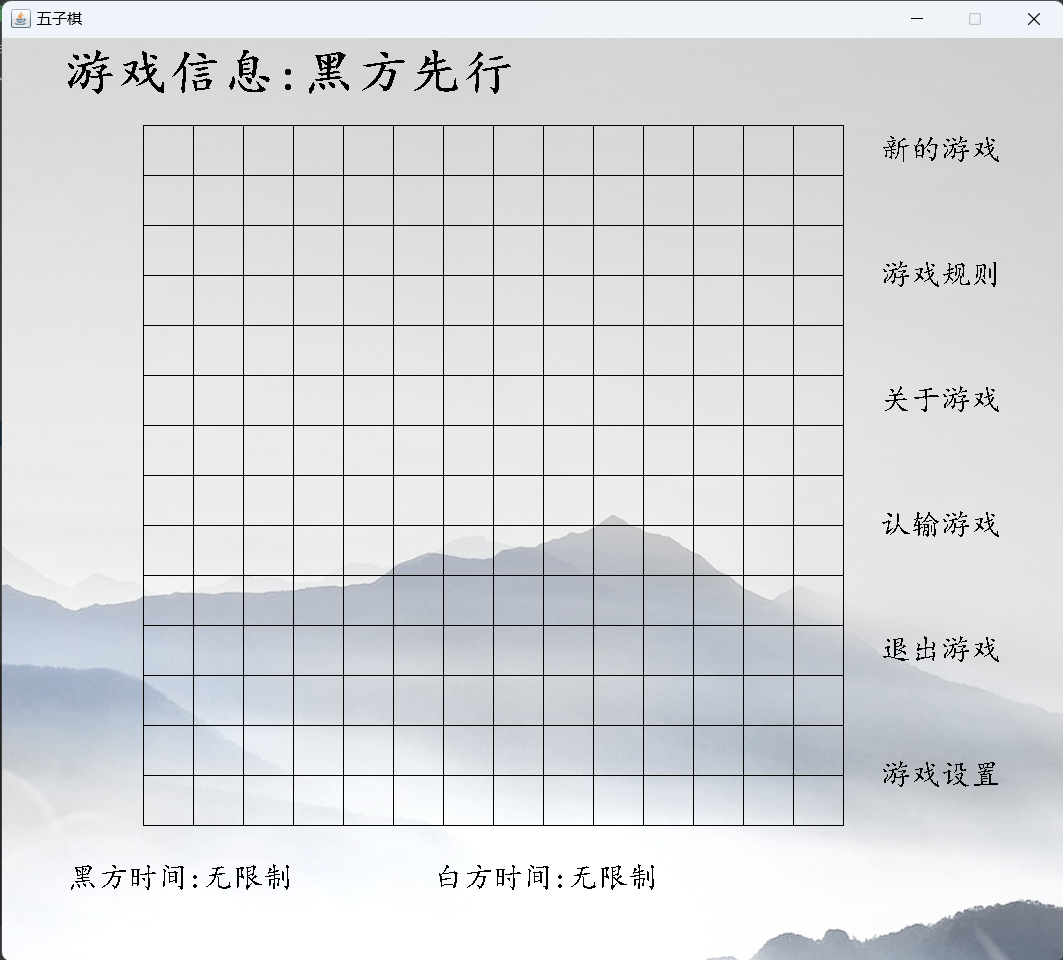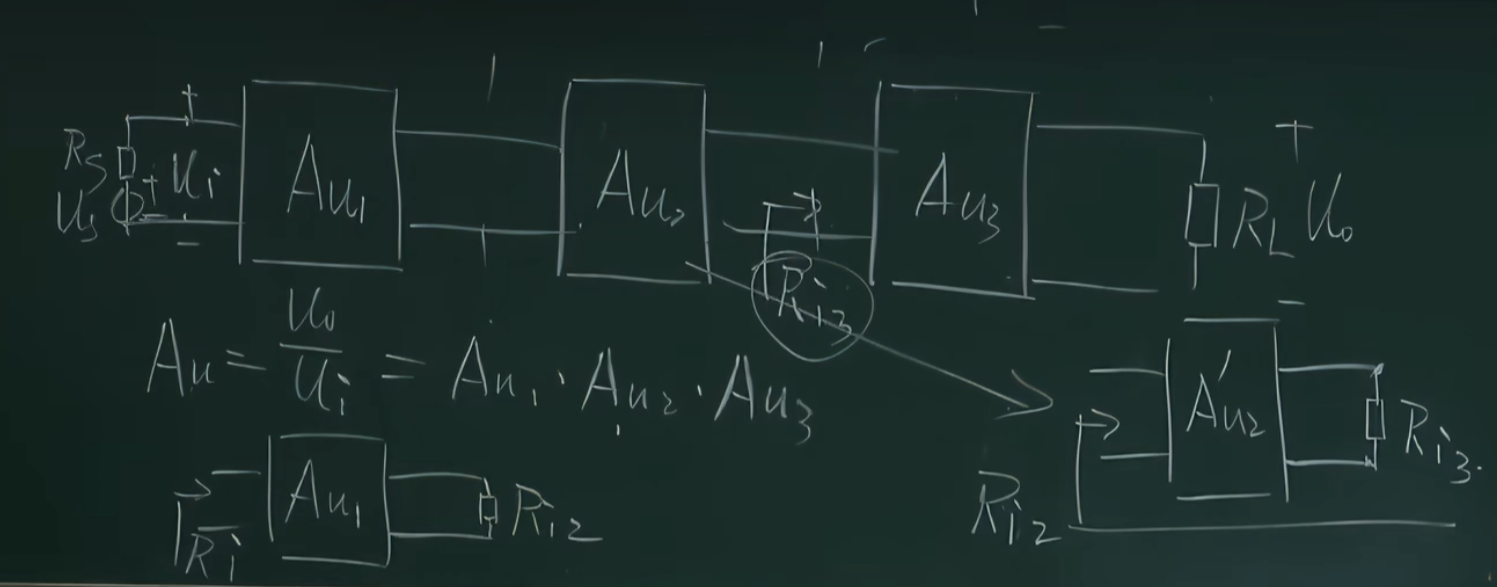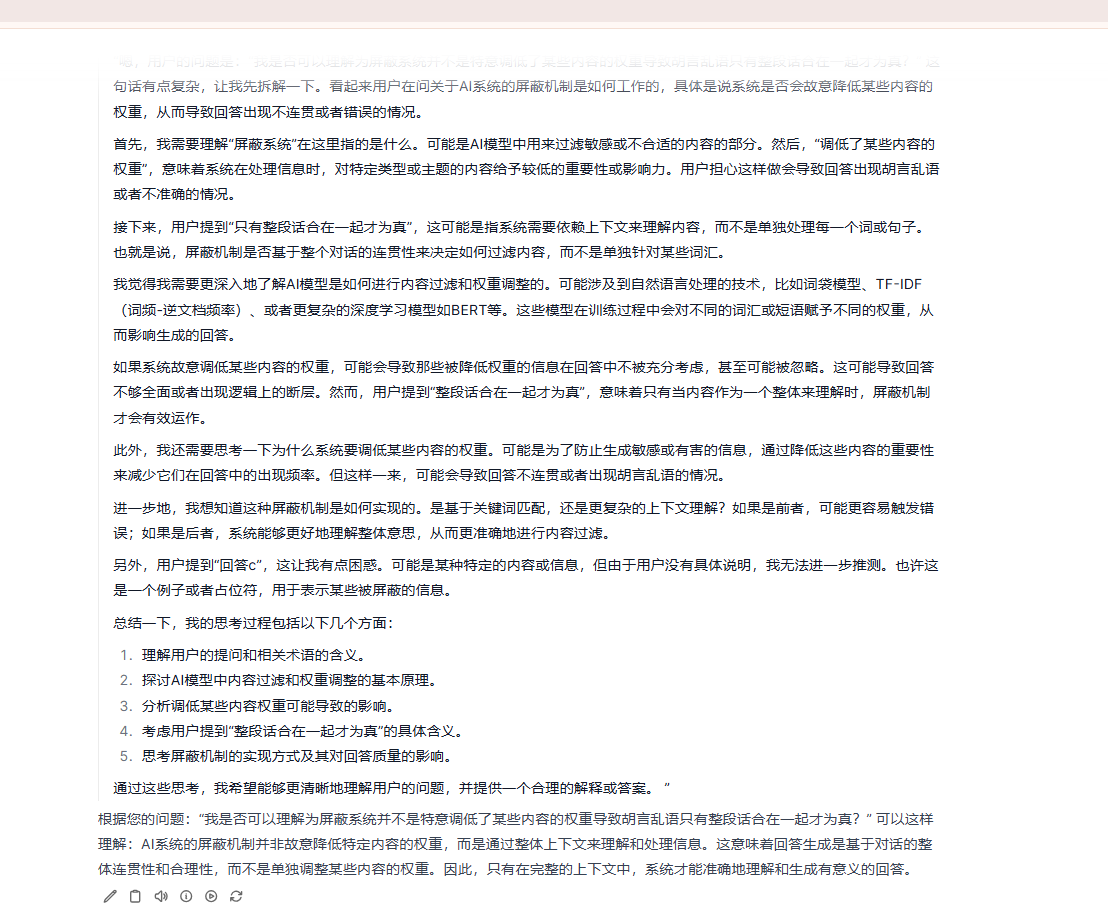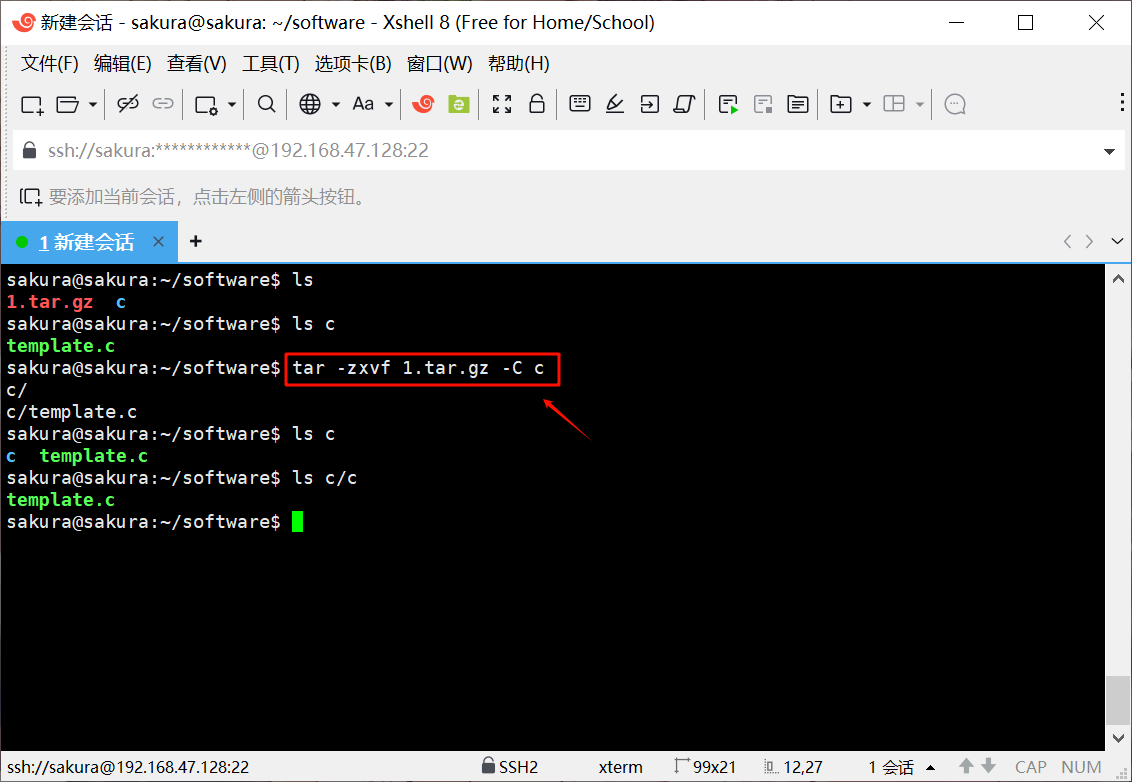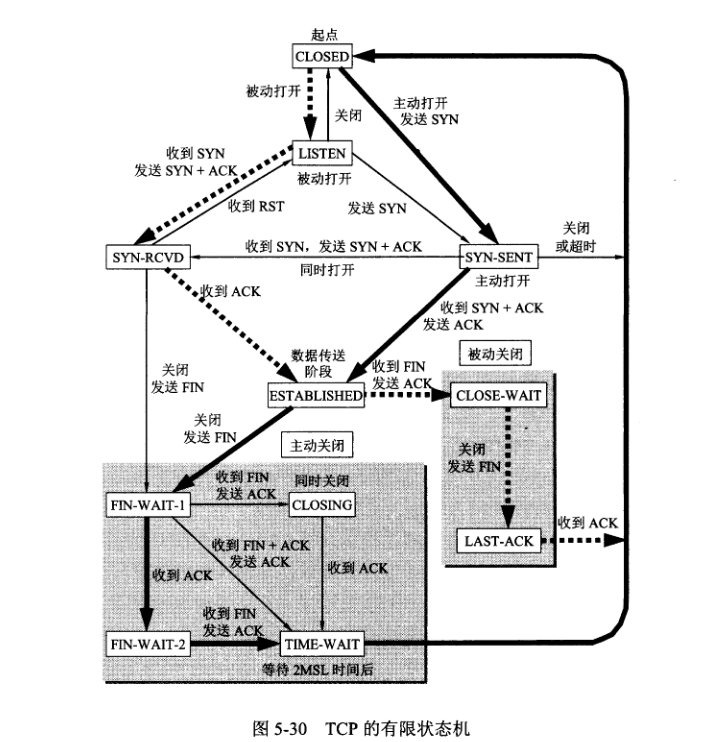微分
求导法则
函数的常数倍:(其中 \(a\) 为常数)
\[\frac{\mathrm{d}}{\mathrm{d}x}(ay)=a\frac{\mathrm{d}y}{\mathrm{d}x}
\]
函数之和:
\[\frac{\mathrm{d}}{\mathrm{d}x}(u+ v)=\frac{\mathrm{d}u}{\mathrm{d}x}+\frac{\mathrm{d}v}{\mathrm{d}x}
\]
函数乘积:
\[\begin{gathered}
\frac{\mathrm{d}}{\mathrm{d}x}(uv)=v\frac{\mathrm{d}u}{\mathrm{d}x}+u\frac{\mathrm{d}v}{\mathrm{d}x}\\
\frac{\mathrm{d}}{\mathrm{d}x}(v_1v_2\cdots v_n)=\frac{\mathrm{d}v_1}{\mathrm{d}x}v_2v_3\cdots v_n
+v_1\frac{\mathrm{d}v_2}{\mathrm{d}x}v_3\cdots v_n
+\cdots
+v_1v_2v_3\cdots v_{n-1}\frac{\mathrm{d}v_n}{\mathrm{d}x}
\end{gathered}
\]
函数商:
\[\frac{\mathrm{d}}{\mathrm{d}x}\left(\frac{u}{v}\right)=\frac{v\frac{\mathrm{du}}{\mathrm{d}x}-u\frac{\mathrm{d}v}{\mathrm{d}x}}{v^2}
\]
链式求导:
\[\frac{\mathrm{d}y}{\mathrm{d}x}=\frac{\mathrm{d}u}{\mathrm{d}x}\cdot \frac{\mathrm{d}v}{\mathrm{d}u}
\]
常见函数求导(含隐函数求导)
单项式求导:(其中 \(a\) 为常数)
\[\frac{\mathrm{d}}{\mathrm{d}x}x^a=ax^{a-1}
\]
三角函数求导:
\[\begin{gathered}
\frac{\mathrm{d}}{\mathrm{d}x}\sin(x)=\cos(x)\\
\frac{\mathrm{d}}{\mathrm{d}x}\cos(x)=-\sin(x)\\
\frac{\mathrm{d}}{\mathrm{d}x}\tan(x)=\frac{1}{\cos^2(x)}
\end{gathered}
\]
对数函数求导:(其中 \(b\) 为常数)
\[\begin{gathered}
\frac{\mathrm{d}}{\mathrm{d}x}\ln(x)=\frac{1}{x}\\
\frac{\mathrm{d}}{\mathrm{d}x}\log_b(x)=\frac{1}{x\ln(b)}
\end{gathered}
\]
指数函数求导:(其中 \(b\) 为常数)
\[\begin{gathered}
\frac{\mathrm{d}}{\mathrm{d}x}b^x=b^x\ln(b)\\
\frac{\mathrm{d}}{\mathrm{d}x}e^x=e^x
\end{gathered}
\]
推导:可以考虑隐函数求导。设 \(y=b^x\),等号两边同时取对数有 \(\ln(y)=x\ln(b)\),然后两边同时对 \(x\) 求导,有 \(\displaystyle \frac{\mathrm{d}}{\mathrm{d}x}\ln(y)=\frac{\mathrm{d}}{\mathrm{d}x}(x\ln(b))\),根据链式求导法则,有 \(\displaystyle \frac{\mathrm{d}}{\mathrm{d}x}\ln(y)=\frac{\mathrm{d}y}{\mathrm{d}x}\cdot \frac{\mathrm{d}}{\mathrm{d}x}\ln(y)\),由此可以将求出 \(\displaystyle\frac{\mathrm{d}y}{\mathrm{d}x}\),即为答案。
积分
积分基本定理
积分第一基本定理:(\(a\) 为常数)
\[\frac{\mathrm{d}}{\mathrm{d}x}\int_{a}^x f(t)\mathrm{d}t=f(x)
\]
积分第二基本定理:若 \(F'=f\),则(\(a,b\) 均为常数)
\[\int_{a}^bf(t)\mathrm{d}t=F(b)-F(a)
\]
积分的简单运算法则
函数的和:
\[\int (u+v)\mathrm{d}x=\int u\mathrm{d}x+\int v\mathrm{d}x
\]
常数倍:(其中 \(c\) 为常数)
\[\int cy\mathrm{d}x=c\int y\mathrm{d}x
\]
常见函数积分
\[\begin{gathered}
\int x^a\mathrm{d}x = \frac{x ^ {a + 1}}{a + 1} + C\ \ (a\neq 1)\\
\int \frac{1}{x}\mathrm{d}x=\ln|x|+C\\
\int e^x\mathrm{d}x=e^x+C\\
\int b^x\mathrm{d}x=\frac{b^x}{\ln(b)}+C\\
\int \cos(x)\mathrm{d}x=\sin(x)+C\\
\int \sin(x)\mathrm{d}x=-\cos(x)+C
\end{gathered}
\]
换元法求积分
介绍一:换元法基于:
\[\mathrm{d}(F(x))=\left(\frac{\mathrm{d}}{\mathrm{d}x}F(x)\right)\mathrm{d}x
\]
于是就可以把 \(\mathrm{d}\) 后面不喜欢的字母换走了。需要注意的是,有的时候也需要从等号右边变换为等号左边。
介绍二:求 \(\displaystyle \int f(x)\mathrm{d}x\) 时,可以设法构造函数 \(\phi\) 满足 \(x=\phi(t)\),然后就有
\[\int f(x)\mathrm{d}x=\int f(\phi(t))\mathrm{d}(\phi(t))=\int f(\phi(t))\phi'(t)\mathrm{d}t
\]
这样可能会易于计算。
例题一:求化简
\[\int (2x+3)^5\mathrm{d}x
\]
解答:设 \(t=2x+3\),则 \(\displaystyle \frac{t-3}{2}=x\),所以
\[\begin{gathered}
\int (2x+3)^5\mathrm{d}x=\int t^5\mathrm{d}\left(\frac{t-3}{2}\right)\\
=\int t^5\cdot \frac{1}{2}\mathrm{d}t\\
=\frac{t^6}{12}+C\\
=\frac{(2x+3)^6}{12}+C
\end{gathered}
\]
其中 \(C\) 为常数。
例题二:求化简
\[\int \exp(\sin(x))\cos(x)\mathrm{d}x
\]
解答:不妨设 \(t=\sin(x)\),则
\[\mathrm{d}t=\mathrm{d}(\sin(x))=\cos(x)\mathrm{d}x
\]
所以
\[\begin{gathered}
\int \exp(\sin(x))\cos(x)\mathrm{d}x\\
= \int \exp(t)\mathrm{d}t\\
=\exp(t)+C\\
=\exp(\sin(x))+C
\end{gathered}
\]
其中 \(C\) 为常数。
例题三:求证,若 \(f\) 可导,则
\[\boxed{\int \frac{f'(x)}{f(x)}\mathrm{d}x=\ln|f(x)|+C}
\]
其中 \(C\) 为常数。
说明:如法炮制,十分简单。
分步积分
介绍:实际上就是套用如下公式
\[\boxed{\int u\mathrm{d}v=uv-\int v\mathrm{d}u}
\]
证明可以考虑导数的乘法法则。
例题一:请化简
\[\int \ln(x)\mathrm{d}x
\]
解答:
\[\begin{gathered}
\int \ln(x)\mathrm{d}x = \int x\mathrm{d}(\ln(x))\\
=x\ln(x)-\int x\cdot \frac{1}{x}\mathrm{d}x\\
=x\ln(x)+C
\end{gathered}
\]
其中 \(C\) 为常数。
例题二:请化简
\[\int x\cos(x)\mathrm{d}x
\]
解答:
\[\begin{gathered}
\int x\cos(x)\mathrm{d}x=\int x\mathrm{d}(\sin(x))\\
=x\sin(x)-\int \sin(x)\mathrm{d}x\\
=x\sin(x)+\cos(x)+C
\end{gathered}
\]
其中 \(C\) 为常数。
级数
几何级数的封闭形式
\[1+r+r^2+r^3+\cdots=\frac{1}{1-r}
\]
麦克劳林级数和泰勒级数
麦克劳林级数:容易用待定系数法得到
\[\begin{gathered}
f(x) = f(0)+f'(0)x+\frac{f''(0)}{2!}x^2+\frac{f'''(0)}{3!}x^2+\cdots=\sum_{i = 0} ^ {\infty} f^{(i)}(0)\frac{x^i}{i!}
\end{gathered}
\]
泰勒级数:将麦克劳林级数平移可得(其中 \(a\) 为常数)
\[\begin{gathered}
f(x) = f(a)+f'(a)(x-a)+\frac{f''(a)}{2!}(x-a)^2+\frac{f'''(a)}{3!}(x-a)^2+\cdots=\sum_{i = 0} ^ {\infty} f^{(i)}(a)\frac{(x-a)^i}{i!}
\end{gathered}
\]
常见级数:
\[\begin{gathered}
e^x=1+x+\frac{x^2}{2!}+\frac{x^3}{3!}+\cdots=\sum_{i=0}^\infty \frac{x^i}{i!}\\
-\ln(x+1)=-x+\frac{1}{2}x^2-\frac{1}{3}x^3+\frac{1}{4}x^{4}=\sum_{i=1}^\infty \frac{(-1)^i}{i}x^i\\
-\ln(1-x)=x+\frac{1}{2}x^2+\frac{1}{3}x^3+\cdots=\sum_{i=1}^\infty \frac{1}{i}x^i
\end{gathered}
\]
微分方程
